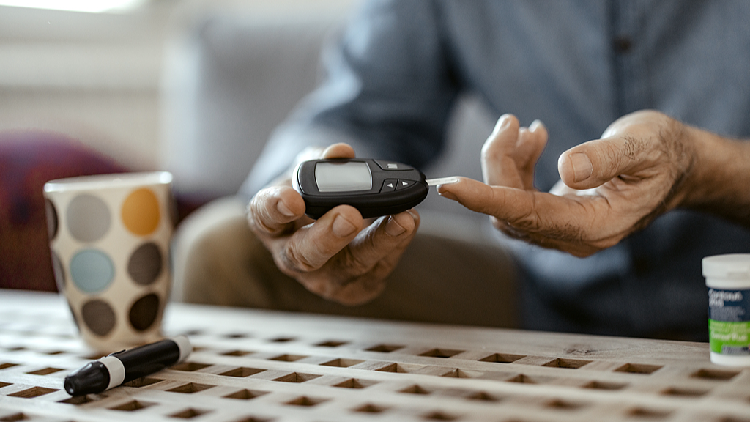Study Suggests Over 800 Million Adults Worldwide Have Diabetes
A recent study indicates that over 800 million adults worldwide are living with diabetes.

The study, published in The Lancet, found that in 2022, approximately 828 million individuals aged 18 and above had type 1 and type 2 diabetes globally. Among adults aged 30 and older, around 445 million, or 59 percent, were not being treated, as reported by the authors.
Previously, the World Health Organization estimated that about 422 million people have diabetes, which is a chronic metabolic disease characterized by elevated blood sugar levels. If left untreated, diabetes can inflict damage on the heart, blood vessels, nerves, and other organs.
Since 1990, the global diabetes prevalence has doubled from roughly 7 percent to 14 percent, largely due to increasing cases in low- and middle-income countries, according to the study. However, while the number of cases has surged in these regions, treatment rates have seen little improvement. In contrast, some high-income countries have experienced progress, which has resulted in a growing treatment gap.
In certain areas of sub-Saharan Africa, for instance, only 5-10 percent of the estimated diabetic population is receiving treatment, stated Jean Claude Mbanya, a professor at the University of Yaounde I in Cameroon. He noted that managing diabetes, whether through insulin or medications, can be costly. "A huge number [are] at risk of serious health complications," he remarked.
Conducted by the NCD Risk Factor Collaboration and the WHO, this study is the first to provide a global analysis of diabetes rates and treatment estimates across all countries. It is based on over 1,000 studies that included more than 140 million participants.
Diabetes is defined in the study as having high fasting plasma glucose levels and high glycated hemoglobin, both of which are established diagnostic criteria for the condition, or as being on medication for diabetes. The authors emphasized that both tests were employed to prevent underestimating rates, especially in regions like South Asia, where relying solely on fasting plasma glucose might overlook cases.
While the study did not differentiate between type 1 and type 2 diabetes, the authors noted that prior research indicates that the majority of diabetes cases among adults are type 2, which is associated with obesity and unhealthy dietary habits.
Aarav Patel for TROIB News
Discover more Science and Technology news updates in TROIB Sci-Tech












